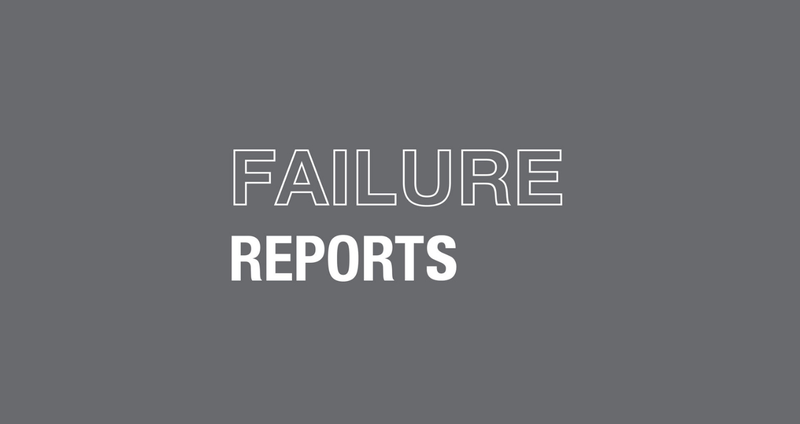BRAC is on a mission to reach 250 million people with proven poverty solutions by 2030. To achieve that ambitious goal, business as usual just won’t cut it.
The word ‘failure’ remains highly stigmatized, unless you’re with the team at BRAC’s Social Innovation Lab, our innovation hub in Dhaka, Bangladesh. Here, ‘failure’ is an inevitable step in the learning process. Without daring to fail, there is no chance for bold innovation or large-scale change. And innovation is in BRAC’s DNA.
The Social Innovation Lab produces an annual Failure Report, noting key lessons from projects that didn’t quite hit the mark. Read on to discover and learn.
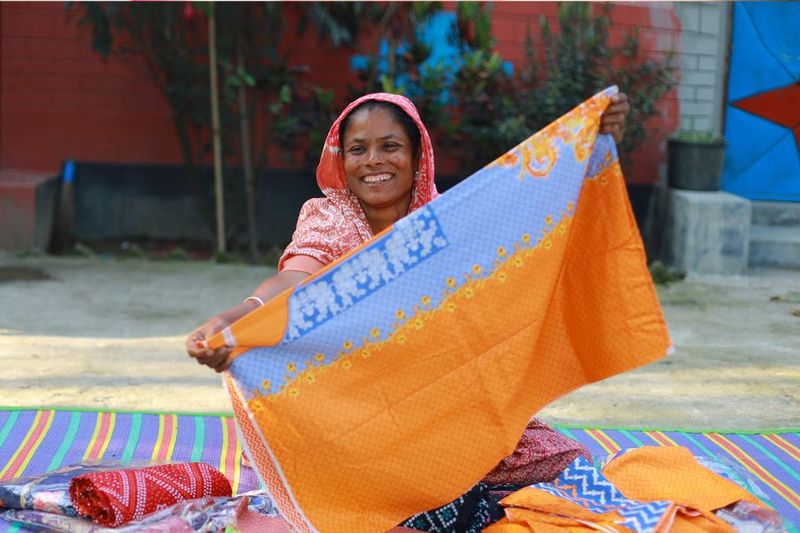
1. Collective enterprises for returning migrant workers in Bangladesh
In Bangladesh, BRAC’s migration program helps foster safe migration for people looking to work abroad, and supports returnee migrant workers once they come home. Oftentimes, that support looks like helping returnee migrants become entrepreneurs and start small businesses.
In 2017, BRAC launched a five-year project to set up larger-scale, collective enterprises for groups of returning migrant workers. In each district, BRAC would help set up one larger enterprise where several returned migrant workers could collectively run and share profits, reaching a total of 3,000 returned migrants across the country.
However, challenges quickly emerged. In some regions, there were limited industry options for a larger business to break into the market, and the amount of capital invested in the project would not yield sufficient returns. Plus, legal regulations restricted the community enterprises to no more than 30 participants per business, limiting their chances for growth.
BRAC pivoted to set up one larger public limited company that could stretch across all of the districts and generate money from investments in the local economy, designating each of the 3,000 participants as shareholders. But many participants didn’t have the national ID documents they needed to become a shareholder. In the end, after BRAC made every effort to help participants obtain their documents, only 508 of the participants could obtain shares of the company.
The lesson?
Moving forward, BRAC will approach support for returnee migrants with a capacity-first approach: supporting skills development and capacity building and designing the program to meet participants where they are. Additionally, rather than going big on the first try, BRAC will start smaller: perhaps setting up businesses with five participants, and growing from there.
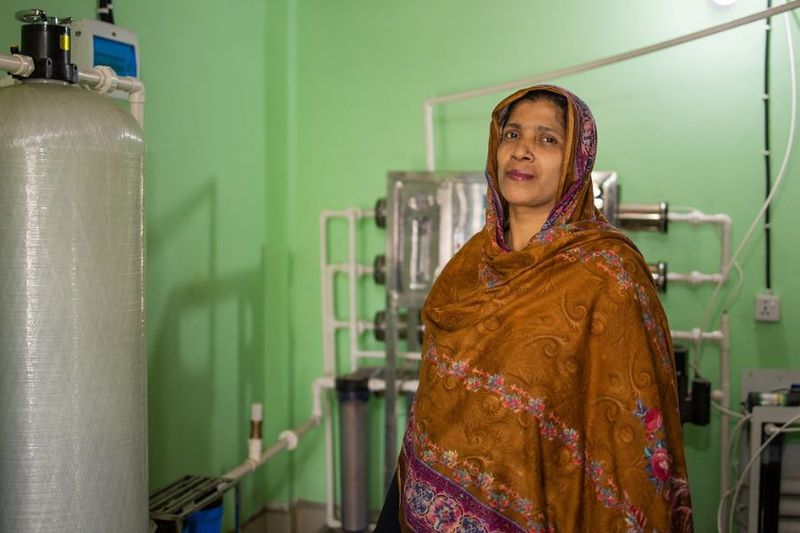
2. Collaboration across microfinance and clean water programs
BRAC’s water, sanitation, and hygiene (WASH) work increases access to clean water and promotes healthy practices like washing hands and using sanitary latrines. On a mission to increase access to safe water, BRAC’s WASH program collaborated with our microfinance branches to create a special WASH loan product.
The product would allow individuals to become water entrepreneurs. They would use loans to build a business filtering and selling water, particularly in communities where climate shocks have caused salt to contaminate clean water sources. This, on paper, would be a win for the community and help the entrepreneurs earn an income.
Field staff members set out for success. The WASH program team looked for people who were in need of clean water services. Meanwhile, microfinance field staff helped determine which people would be reliable clients who could set up businesses and eventually pay back a small loan. When these individuals overlapped, success seemed like a given.
Yet after a few months, the results were not promising. The teams had only disbursed a small fraction of the planned loans. In many cases, people who had been identified as strong candidates for the loans by the WASH team were not being approved as clients by the microfinance field offices.
While the WASH field organizers were adept at identifying households with the most need for water, they were not adept at identifying which people had the most capacity to take out a loan and build a successful business.
Once BRAC realized the challenge at hand, the microfinance team ran a tailored training to help WASH field organizers comprehensively assess prospective loan clients. Five training sessions with WASH staff resulted in an 80% increase in approved loans. As a result, more clean water entrepreneurs gained the tools to secure clean water for themselves and their communities.
The lesson?
Collaboration is key. When bridging aspects of more than one program, it’s critical to keep an open line of communication, and to establish a system for cross-learning. With those two ingredients, BRAC teams can maximize a program’s impact.
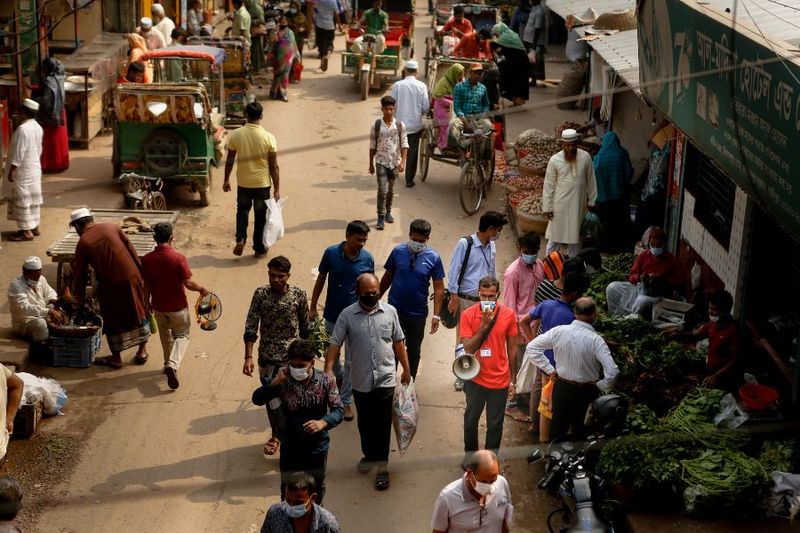
3. Launching a prototype with street vendors in Dhaka
Dhaka streets are lined with vendors selling everything from snacks and home goods, to goats. The informal street vendor economy is thriving. However, it represents a major challenge for urban planning: spilling onto roadways, these vendors contribute to pedestrian and vehicle traffic.
In 2022, BRAC sought to find a solution. Our urban development experts prototyped a model that would respond to the challenges that come with street vending, without interfering with street vendors’ livelihoods. Working directly with street vendors and the local government to develop a solution, we tested a legalization and regulation model that would help with traffic and planning.
The model was simple: street vendors at one major intersection would legally occupy parts of the footpath from 4pm to 10pm, five days per week. Beyond these times, the local government would work to provide alternate employment opportunities for the vendors.
However, as BRAC tested its pilot, challenges arose. BRAC was unable to stop the informal process of under-the-table ‘rent money’ that vendors have to pay powerful locals to operate. Although we had hoped that the legal framework and buy-in from the local government would be enough to squash these payments, it wasn’t enough to stop the informal payouts from happening.
Second, because the pilot was tested in such a small geographic area, other vendors just a few steps away were operating under the old, regulation-free system. Many vendors participating in the pilot decided to drop out, so that they could spend more hours of the week earning money.
The lesson?
While we sought ideas and buy-in from street vendors, the incentive model was flawed. Plus, the pilot was tested in a busy, complex economic and political environment: one of the largest and busiest street vending hubs in Dhaka. As a result, it was challenging to change stakeholders’ sentiments and practices in the scope of a small pilot. Now, BRAC is working on another iteration of the pilot in a different context, starting smaller in a setting where we can be more nimble.
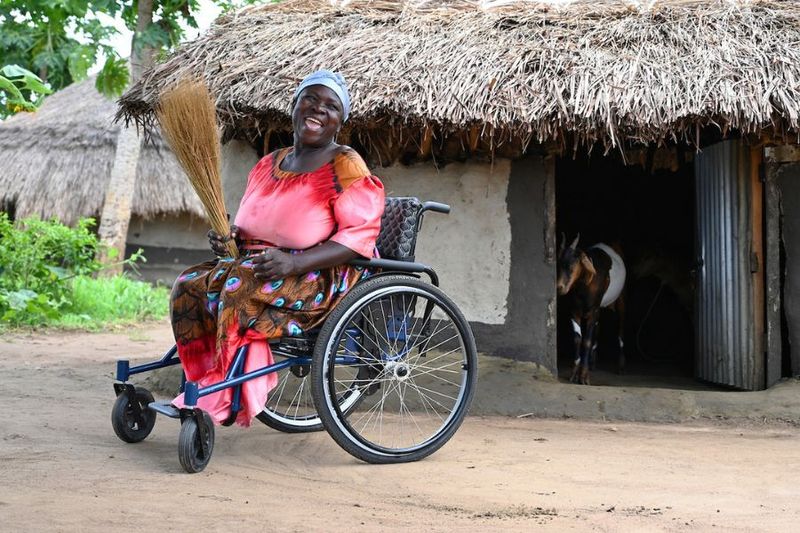
4. A disability-inclusive Graduation approach
BRAC’s flagship Ultra-Poor Graduation approach is a holistic, comprehensive approach that enables participants to lift themselves out of extreme poverty within two years. The model is well-researched and highly effective: More than 95% of participants ‘graduate’ out of extreme poverty by the end of the program, and graduates continue on an upward economic trajectory for 10+ years after the program. Developed in Bangladesh, the Graduation approach has been successfully adapted and tailored in many contexts around the world.
In 2021, BRAC set out to design a Graduation program specifically tailored for people living with disabilities. The program was piloted in four districts in Bangladesh in collaboration with Humanity & Inclusion, an organization that specializes in working alongside people with disabilities.
The team designed a set of interventions that included the traditional pillars of the Graduation approach, along with specific components like psychosocial support and rehabilitation for people with disabilities, as well as training for caregivers of people with disabilities.
But tailoring the approach for people with disabilities presented challenges: With such a diverse array of disabilities experienced by participants and members of their households, there was no “one-size-fits-all” approach. In some cases, traditional asset transfers were not appropriate for the participant, such as giving a participant with mobility challenges goats or cows to raise. Further, the traditional two-year timeline was not always sufficient: in many cases, it took a few months to fully understand each participant’s specific needs, provide psychosocial and rehabilitation support, and offer the best livelihood options based on their unique needs.
The lesson?
BRAC adapted its traditional Graduation approach. We made the timeline more flexible to understand and accommodate each participant’s unique needs, and to offer better-tailored psychosocial and rehabilitation supports, according to each participant’s disability.
Every year, BRAC fails. But we also resolve to do better: To innovate, learn, and iterate so that we can scale the most effective programs for the people who need them most.
Sarah Allen is Communications Manager at BRAC USA.

